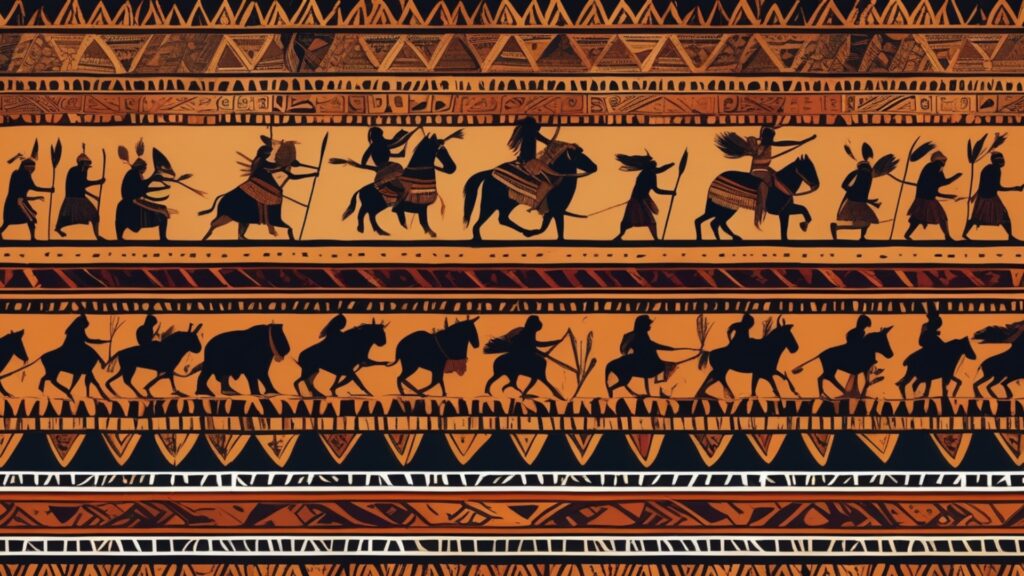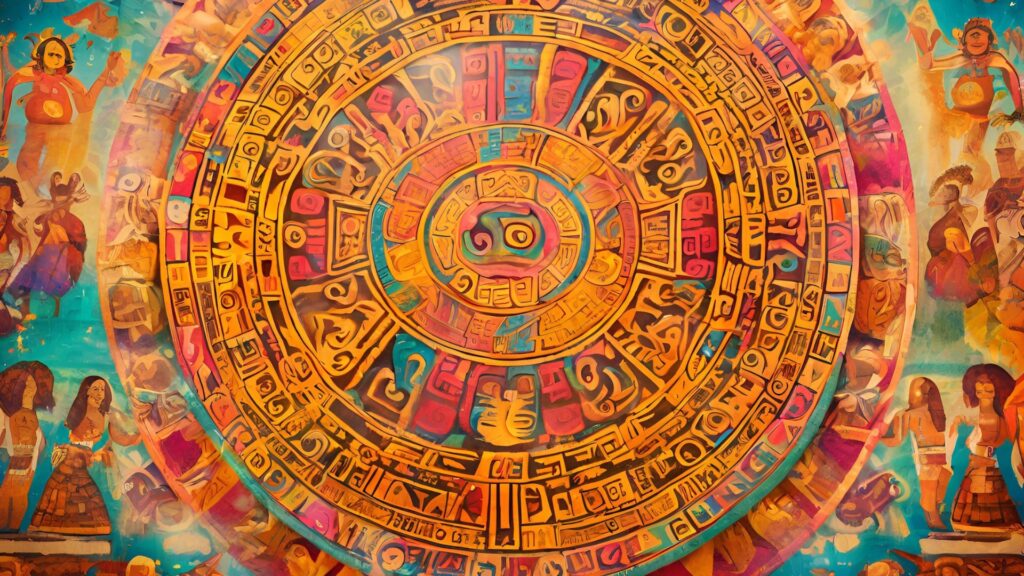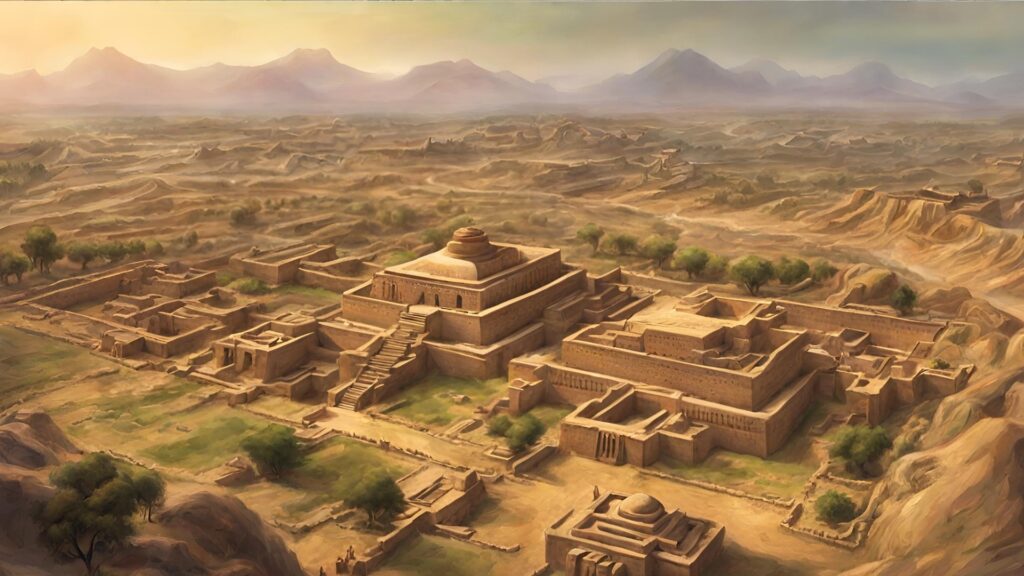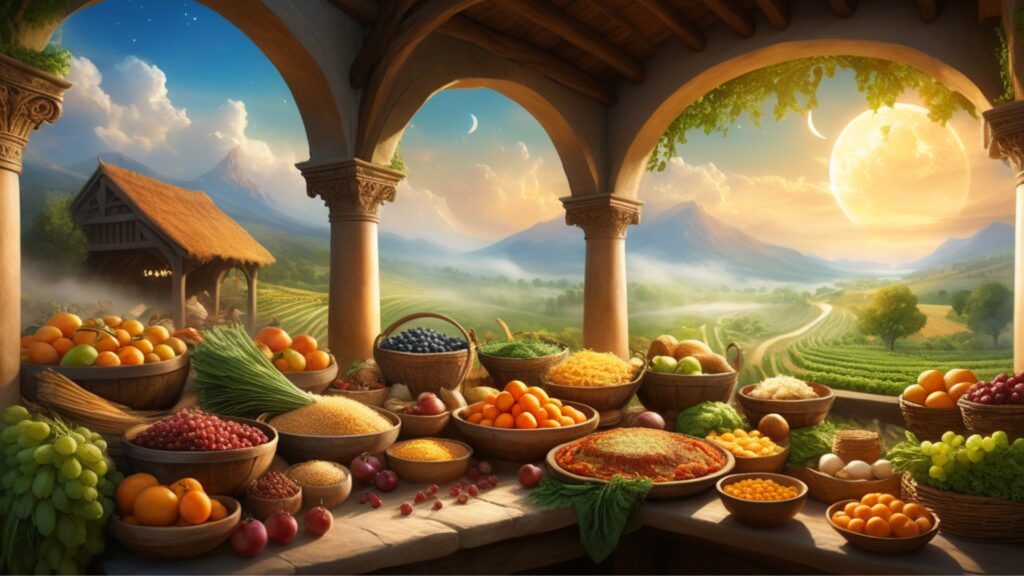
As the world spins towards greater complexities at a dizzying pace, the idea of returning to a simpler, self-sustained way of life can be both alluring and empowering. Homesteading, a practice rooted in our ancestral past, has seen a remarkable resurgence in recent years. In this exploration of homesteading through the lens of our ancient ancestors, we uncover the powerful link between this timeless lifestyle and the pursuit of freedom and sovereignty.
The Resurgence of Homesteading
Homesteading, a term once associated with pioneers carving out a life on the American frontier, has found new life in the 21st century. It’s not just about farming or self-sufficiency; it’s a lifestyle that embraces the values of autonomy, sustainability, and a deep connection to the land. In our modern age of convenience, more people are seeking to reclaim control over their lives, their food, and their resources. Beginning the journey as a modern homesteader, begins on a path where old meets new in a quest for sovereignty. Homesteading is a lifestyle centered around self-reliance, regeneration, and stewardship of the land. In the United States, it has historical roots dating back to the Homestead Act of 1862, which offered land to those willing to cultivate it. Today, homesteading transcends borders and ideologies. Its core principles include growing your own food, animal husbandry, harnessing renewable energy, and reducing and recycling waste. These principles are not just about survival; they’re about thriving and becoming stewards of the environment. Homesteading is a haven for those who yearn for autonomy from the trappings of conventional living. It’s a declaration of independence and an affirmation that we can take control of our destinies.
Ancient Traditions and Philosophies
The core ethos of homesteading digs deeper yet into the wisdom of ancient cultures. Native American traditions, with their deep respect for the land and its resources, offer valuable lessons like companion planting and crop rotation. The Greeks, with their philosophy of self-sufficiency and contemplation, also have influenced modern homesteading with practices that include terracing and permaculture-like systems. Eastern practices, which champion harmony with nature, employed strategies such as no-till farming, organic composting, and natural pest control. What makes these ancient traditions so compelling in their timeless wisdom is the very essence of what it means to be free and sovereign. They teach us to live symbiotically with Gaia Earth, to cherish community, and to understand the interconnectedness of all life.
Off-Grid Living
Off-grid living is a cornerstone of modern homesteading, in the quest to utilize resources to provide basic utilities. Disconnecting from conventional grid infrastructure isn’t about isolation; it’s about empowerment. Off-grid living means reducing reliance on external systems and finding innovative ways to generate power, collect water, and manage waste. It’s about becoming the captain of your own ship, steering toward self-sufficiency. Transitioning to off-grid living isn’t just a change in lifestyle; it’s a realization that true freedom begins when we take charge of our basic survival inputs.
Planning A Homestead
The right plot of land is the essential and elemental step in building up a homestead. From gardening and livestock to shelter construction and food preservation, with the transforming energy of hard work, a thriving homestead can contribute to a higher quality of life. Selecting the right plot of land for a homestead is a crucial decision that can greatly impact the overall experience. Here are five tips to consider when planning your homestead and choosing the perfect piece of land:
- Location and Climate Assessment:
- Research the local climate and weather patterns of the area where you intend to establish a homestead. Consider factors like average temperature, precipitation, frost dates, and the length of the growing season. This information will help to determine what types of crops and livestock can thrive in the region. Also, be sure to consider hazards that various areas may be prone to.
- Assess the availability of natural resources, such as water sources (rivers, streams, ponds) and the quality of soil for gardening and farming. Access to clean water is critical for both human and animal consumption as well as irrigation.
2. Zoning and Regulations:
- Investigate local zoning regulations and land-use restrictions in the area. Different regions may have specific rules regarding land use, property size, and the types of structures allowed. Ensure your plans align with these regulations to avoid potential legal issues in the future.
- Consider the proximity to neighbors and local communities. While homesteading often involves a desire for solitude, having a supportive and like-minded community nearby can be invaluable for sharing knowledge, resources, and social interaction.
3. Topography and Land Features:
- Examine the topography and terrain of the land. Flat or gently sloping areas may be ideal for gardening and building structures, while steep slopes may require more extensive land preparation and can limit certain activities.
- Identify potential challenges and opportunities. For example, if there are existing forests, you may have access to timber for construction and firewood. Rocky areas can provide natural barriers or materials for building.
4. Sunlight and Microclimates:
- Analyze the patterns of sunlight on the land throughout the day and across the seasons. Adequate sunlight is essential for gardening, so ensure your chosen plot receives sufficient sunlight for your crops and fruit trees.
- Be mindful of microclimates within the property. Some areas may be more sheltered or exposed to wind, which can affect plant growth and the comfort of outdoor spaces.
5. Long-Term Vision and Sustainability:
- Consider your long-term vision for the homestead. Are you planning to expand and increase self-sufficiency over time? Does the land offer opportunities for diversified agriculture and the addition of livestock?
- Evaluate the potential for sustainability. Can you implement environmentally friendly practices such as rainwater harvesting, solar energy, and composting? Prioritize land that aligns with your sustainability goals.
By thoroughly researching and considering these factors, you can make an informed decision when selecting the right plot of land for your homestead. Remember that your choice will significantly impact your ability to achieve self-sufficiency, and careful planning can lead to a successful and fulfilling homesteading lifestyle.

Nurturing Freedom and Sovereignty
As we cultivate our homesteads, we recognize that the principles of self-sufficiency, land ownership, and community building are the very foundations of freedom and sovereignty. The sense of empowerment that comes from producing our own food, generating our own energy, and managing our resources cannot be understated. It’s the realization that our destiny lies within our own hands. It’s a lifestyle that teaches us not only how to survive but how to thrive and become stewards of the land once more. As you embark on your own journey, may your path be filled with wisdom, self-discovery, and the joys of a life cultivated through homesteading with honor towards the ancient ways.






























































